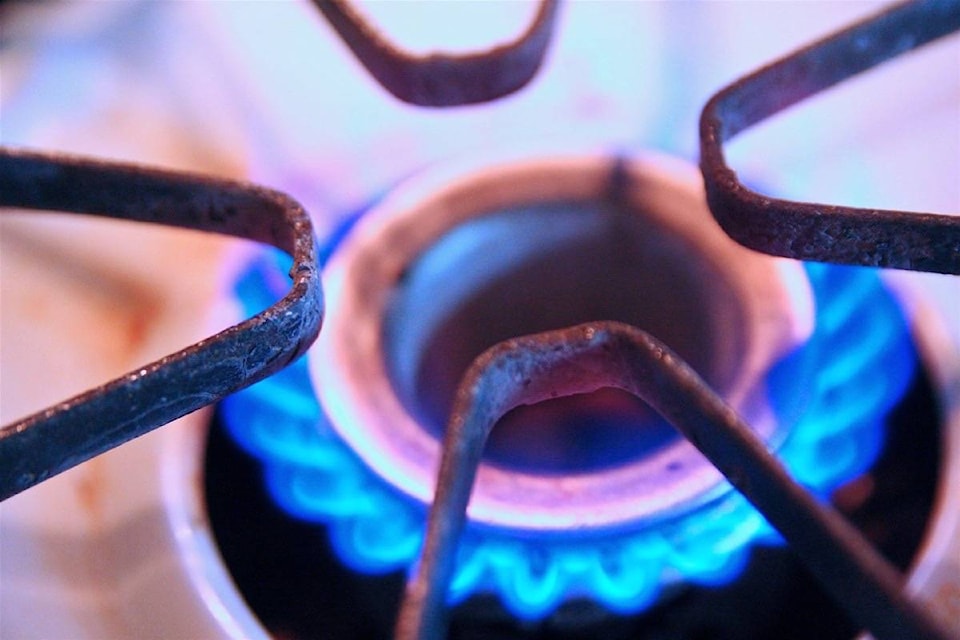B.C.’s long-awaited breakthrough on liquefied natural gas exports is being celebrated from Kitimat to Kimberley, as the province finally appears to have broken through the protest wall to get a petroleum product shipped somewhere besides the United States.

I’ll spare you the political sniping and credit-taking that surrounded investor approval of the $40 billion LNG Canada project, which as Prime Minister Justin Trudeau couldn’t stop saying, is the largest private-sector investment in Canadian history.
Instead, here are some things you should know about LNG and B.C. natural gas. First, how bad is the situation for one of B.C.’s core resource industries without an export window?
The hydraulic fracturing refinements that produced a new shale oil and gas boom in North America created such a glut south of the border that the U.S. has converted LNG import terminals to export gas to Asia. The U.S. has run laps around poor, confused Canada, while its misguided environmental foundations hire protesters to jam up everything Canada tries to do to end their monopoly on the North American market.
B.C. has some of the most productive shale gas basins in the world, and these days they’re not just giving it away for less than a buck a gigajoule, occasionally they’re actually paying to ship it. B.C.’s daily spot gas price is determined at the “AECO Hub,” a storage facility in southern Alberta, and there have been times in the last couple of years when the price has been negative.
If you have a gas bill from FortisBC, you may have noticed that since B.C. increased its carbon tax in April, they have to charge you more for the tax than they do for the gas. (FortisBC has no control over this, by the way.)
Another dire statistic, provided in a government LNG briefing along with last week’s blockbuster announcement. While B.C.’s Lower Mainland population has surged 24 per cent since 2001, the population of the North Coast Nechako region has declined by 19 per cent.
The good news for B.C. is its northeast Montney shale gas is not only low in carbon dioxide, a pipeline across the Rockies to Kitimat allows an LNG tanker to reach Asia in about eight days. That compares favourably to more than 20 days from the U.S. Gulf Coast, the massive petroleum complex that seems to keep growing without a peep of protest.
Here in Victoria, we await the NDP government’s new climate action plan, which will somehow accommodate the greenhouse gas emissions of LNG Canada operations, a large increase in gas production to feed the export facility, and still meet the ambitious targets that the previous government committed to in Paris in 2015.
That’s a 40 per cent reduction by 2030, 60 per cent by 2040 and 80 per cent by 2050. This is of course the latest of a long series of grandiose “fight climate change” targets that have crashed and burned around the world, going back to the days when Canada’s environment minister named his dog Kyoto.
Here’s Premier John Horgan’s LNG pitch, from what I have gathered so far.
You’ll probably have to trade in your gas furnace for a nice new heat pump that runs on increasingly costly electricity, so people in Korea and China can use our gas and reduce their dependence on coal.
And check out those electric and hydrogen cars, subsidies are going up along with carbon taxes.
Tom Fletcher is B.C. legislature reporter and columnist for Black Press. Email: tfletcher@blackpress.ca
@tomfletcherbc
tfletcher@blackpress.ca
Like us on Facebook and follow us on Twitter.
